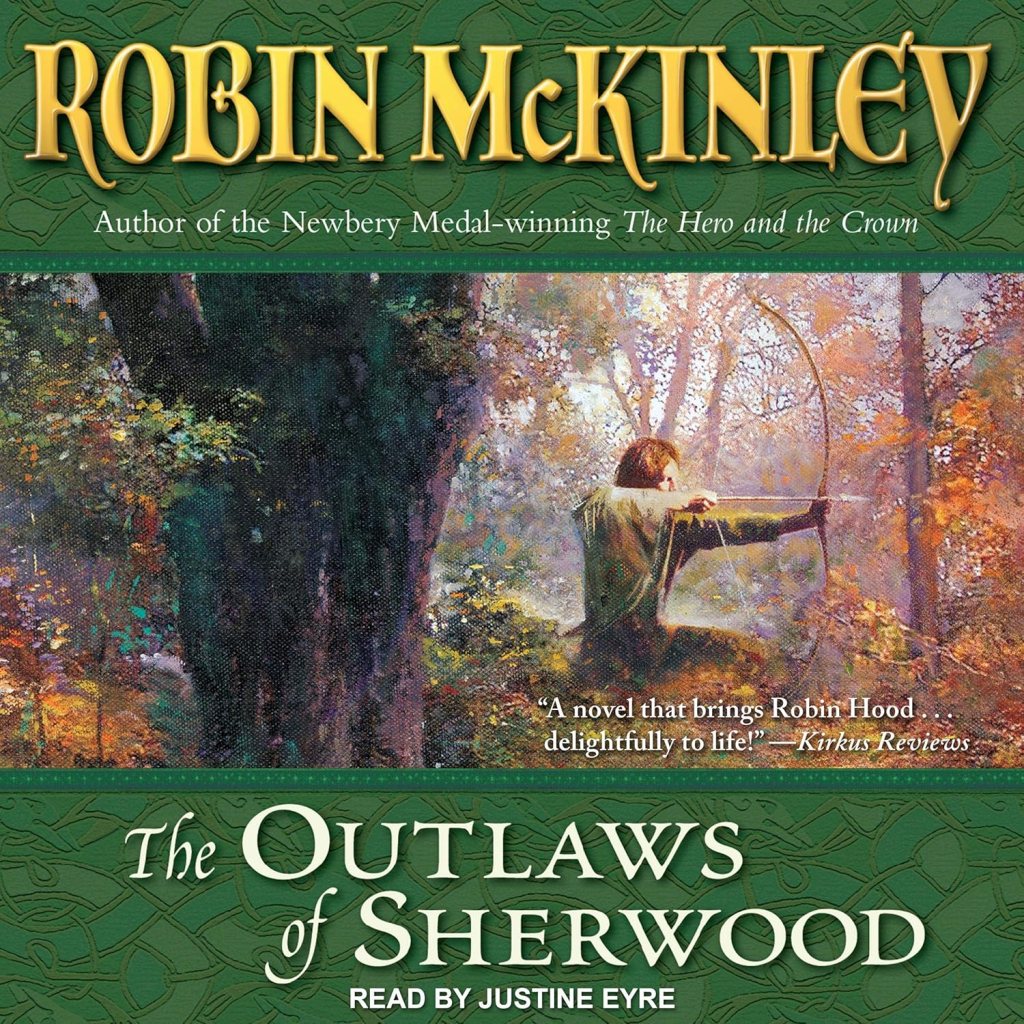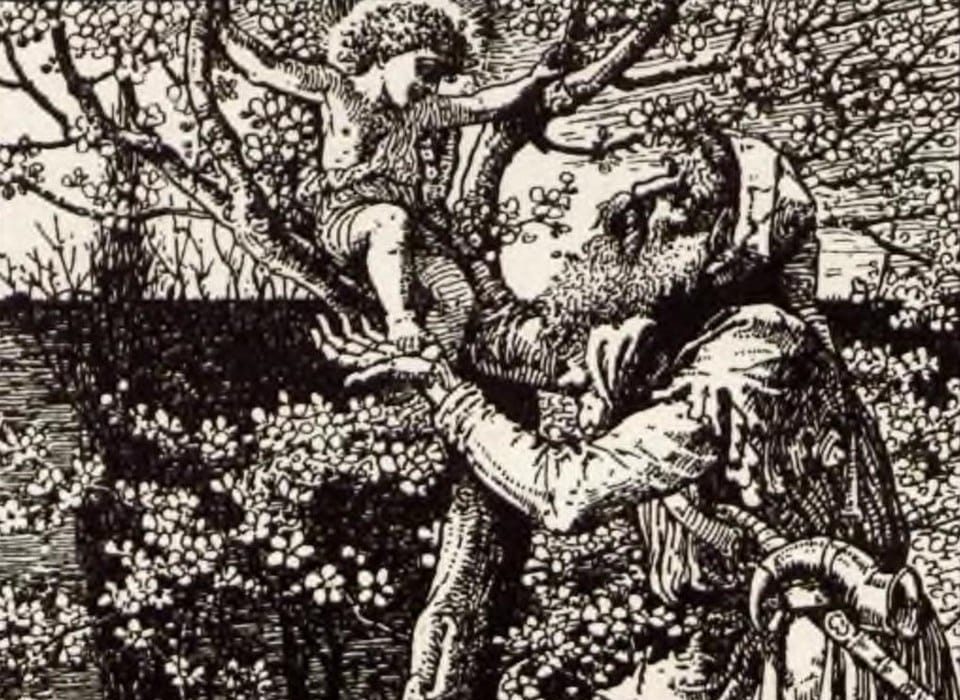Retelling a folktale always seems to change it a bit. As such, when writing a complex story, sometimes a retelling can be a disaster. Sometimes, though, you can create a much-lauded piece of work. Robin Hood, for instance, has many retellings, and some of them work and some of them do not. In this post, we are going to examine The Outlaws of Sherwood by Robin McKinley. We will see how a retelling helped shape the Robin Hood mythos.
Summary
McKinley’s The Outlaws of Sherwood starts much in the same way that Howard Pyle’s The Merry Adventures of Robin Hood starts. Robin kills a man in self defense and becomes an outlaw. Continuing, many of Robin Hood’s faithful companions join him in his adventures, including some new characters, like Cecily, his sister. The dangers they face include the Sheriff of Nottingham and Guy of Gisbourne, a mercenary. After many exploits and adventures, the band pledges themselves through loyalty, honor, and fighting for the king.
McKinley’s retelling seems to depart from another author, Howard Pyle’s The Merry Adventures of Robin Hood, in a few notable ways. One of which is the overall tone. McKinley keeps the story very serious and realistic, while also using modern language, as opposed to Pyle’s ballady language. Additionally, there are many complex characters. Pyle used a folkloric prose to convey his characters. For example, Robin often doubts himself and struggles with what he must achieve and accomplish in his adventures.
Book Blurb
From Amazon: “Young Robin Longbow, subapprentice forester in the King’s Forest of Nottingham, must contend with the dislike of the Chief Forester, who bullies Robin in memory of his popular father. But Robin does not want to leave Nottingham or lose the title to his father’s small tenancy, because he is in love with a young lady named Marian – and keeps remembering that his mother too was gentry and married a common forester.
“Robin has been granted a rare holiday to go to the Nottingham Fair, where he will spend the day with his friends Much and Marian. But he is ambushed by a group of the Chief Forester’s cronies, who challenge him to an archery contest…and he accidentally kills one of them in self-defense.
“He knows his own life is forfeit. But Much and Marian convince him that perhaps his personal catastrophe is also an opportunity: an opportunity for a few stubborn Saxons to gather together in the secret heart of Sherwood Forest and strike back against the arrogance and injustice of the Norman overlords.”
Reviews
On Goodreads, the novel has 11,965 ratings and 1,001 reviews. There are 3,017 five-star reviews and 171 one-star reviews.
Five-star reviews elaborate on the love of a retelling, and its modern feel without “being obnoxious.” Moreover, reviewers said reading the novel was fun, and it was “unabashedly” a favorite.
One-star reviews wrote that they “could not get into his book.” They also felt that the style was “rather wooden and the characters don’t work too well.” Furthermore, some reviewers said they “couldn’t finish it,” and felt the writing style was extremely “longwinded.”
Works Cited
McKinley, Robin. The Outlaws of Sherwood. Oct. 4, 2005, Penguin Publishing Group.





Leave a comment